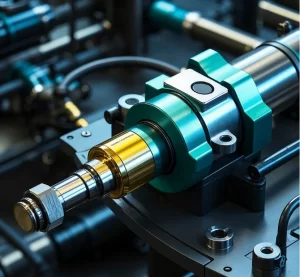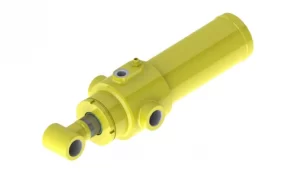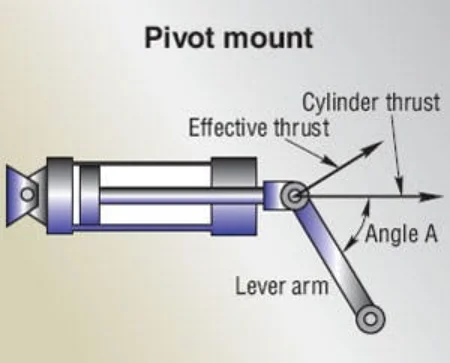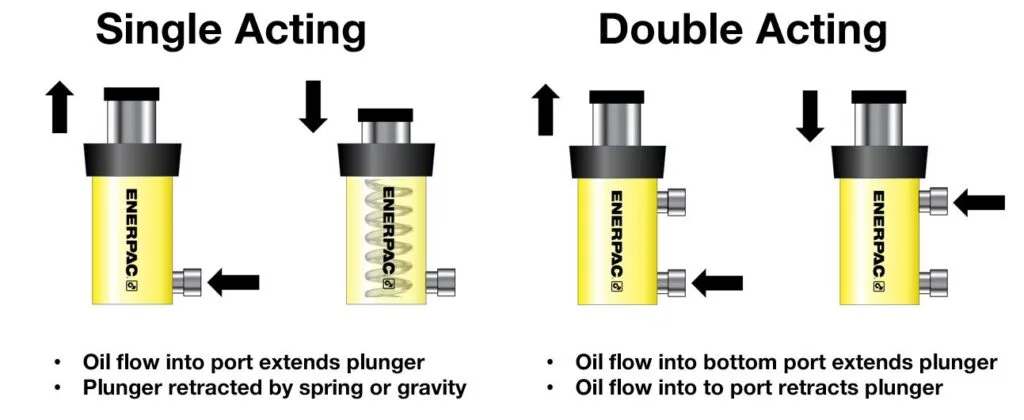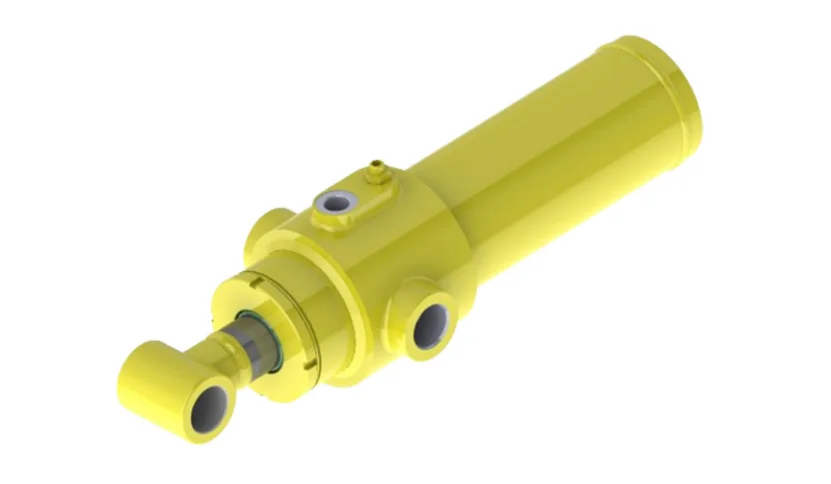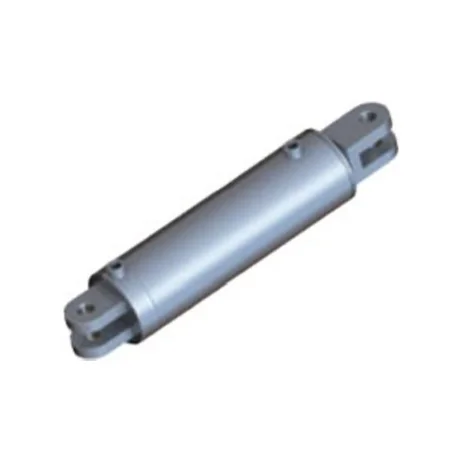Getting to Know Hydraulic Cylinders
What They Are and Why They Matter
Hydraulic cylinders are super important pieces in lots of machines. They turn liquid power into straight-line movement. These parts help machines work right. They give the push needed to lift or move big stuff easily. Their main job is to make smooth motion and apply force. That’s why they’re a must for jobs needing control and strength.
Where You See Them in Action
Hydraulic cylinders pop up all over because they’re so handy and tough. In building work, they’re in things like excavators, bulldozers, and cranes. They help with lifting heavy loads and digging dirt. In farming, they’re a big deal for gear like tractors and harvesters. They make work faster and better. Plus, they’re key in factories. They run presses and molding machines.
How Hydraulic Cylinders Do Their Thing
Pascal’s Rule and Liquid Flow
Hydraulic cylinders work thanks to Pascal’s Rule. This says pressure on a trapped liquid spreads out evenly. It’s a big idea for how liquids move. It’s what makes hydraulic setups tick. When you push on the liquid inside a cylinder, it builds power. That power shoves the piston along. The piston’s push turns into straight movement for all kinds of tasks.
Why Pressure Counts
Pressure is a huge deal for how well hydraulic cylinders work. How much pressure you use sets how strong the cylinder gets. By tweaking the pressure, you can change how fast or hard it moves. This lets you handle machine jobs just right. It makes hydraulic cylinders fit all sorts of needs.
Parts of Hydraulic Cylinders
Piston and Barrel
The piston and barrel are the heart of a hydraulic cylinder. The piston sits tight in the barrel. It keeps liquid from leaking out. But it still slides easy. When liquid comes in with pressure, it hits the piston. This makes it stretch out or pull back, depending on where the liquid goes. That back-and-forth makes the straight motion for different uses.
Head and Base
The head and base are like the frame. They hold stuff together and keep it steady while working. The head has holes for liquid to flow in and out. This keeps the flow under control. The base locks the cylinder down. It makes sure it stays stuck to the machine or tool.
Gaskets and Seals
Gaskets and seals stop leaks from happening. They keep the liquid inside even when pressure’s high. These bits make sure no liquid sneaks out at seams or gaps. Solid gaskets and seals make things run better. They cut down on wasted energy from leaks. That helps hydraulic systems stay trustworthy.
Kinds of Hydraulic Cylinders
Single-Acting vs. Double-Acting
Hydraulic cylinders come in two big types: single-acting and double-acting. Each does its own thing based on how it’s made. Single-acting ones use liquid push to move the piston one way. Something else, like a spring or gravity, pulls it back. They’re good for stuff where a weight can help it return, like dump trucks.
Double-acting cylinders push liquid on both sides of the piston. This moves it out and back. It gives you more say over the motion. It’s perfect for jobs needing steady push and exact moves the whole way. You see double-acting ones in factory stuff like robots and machines that need two-way action.
Telescopic and Tandem Types
Telescopic and tandem cylinders have cool perks for certain tasks. They boost reach and power. Telescopic ones have a bunch of sections stacked inside each other. They stretch out one at a time. This gives a long reach from a small start. They’re awesome in tight spots needing big extension, like high-up platforms or trash trucks.
Tandem cylinders line up two or more pistons in one barrel. This doubles the push without making the cylinder wider. It’s great when you need lots of power but don’t have room. Tandem ones show up in heavy factory gear that needs strong straight motion.
Hydraulic vs. Air-Powered Cylinders
Pros and Cons of Hydraulic Systems
Hydraulic systems have some big wins over other ways. One cool thing is they make tons of push from small parts. That’s why they’re tops for hard jobs. They also let you dial in speed and spot just right. Smooth moves and less rubbing help with that.
But they’ve got drawbacks too. They take a lot of care. Leaks or gunk can mess them up. Also, they can weigh more and cost more than something like air-powered systems.
How They Stack Up to Air Systems
Hydraulic and air systems aren’t the same. These differences decide what they’re good for. Air systems run on squeezed air for power. That keeps their parts lighter than hydraulic ones using liquid. So, air setups are easier to move and set up.
Still, air systems don’t push as hard as hydraulic ones. Air doesn’t pack as much energy as liquid does. They’re quick to react because air squeezes fast. But they might not be as spot-on as hydraulics. Air squishes more than liquid, so control can slip.
In the end, picking hydraulic or air depends on what you need. Think about push, exactness, and weight. Engineers have to look at these close when building stuff with movers like hydraulic cylinders.
Frequently Asked Questions:
What’s a single-acting hydraulic cylinder?
It’s one that uses liquid to shove the piston one way. Then it counts on springs or gravity to come back.
How do telescopic cylinders run?
They’ve got sections that stretch out one by one. This gives a long push from a short size. It’s great for small spaces needing big reach.
Why go for double-acting instead of single-acting?
Double-acting moves both ways with liquid on each piston side. That’s key for exact control in lots of factory work.
What makes tandem different from regular ones?
Tandem has a few pistons lined up in one barrel. It doubles push without getting wider. Good for big power in tight spots.
Where do I find custom answers for my needs?
For stuff made just for you, check out YANTAI SHINING HYDRAULIC TECHNOLOGY CO.,LTD customization services!

